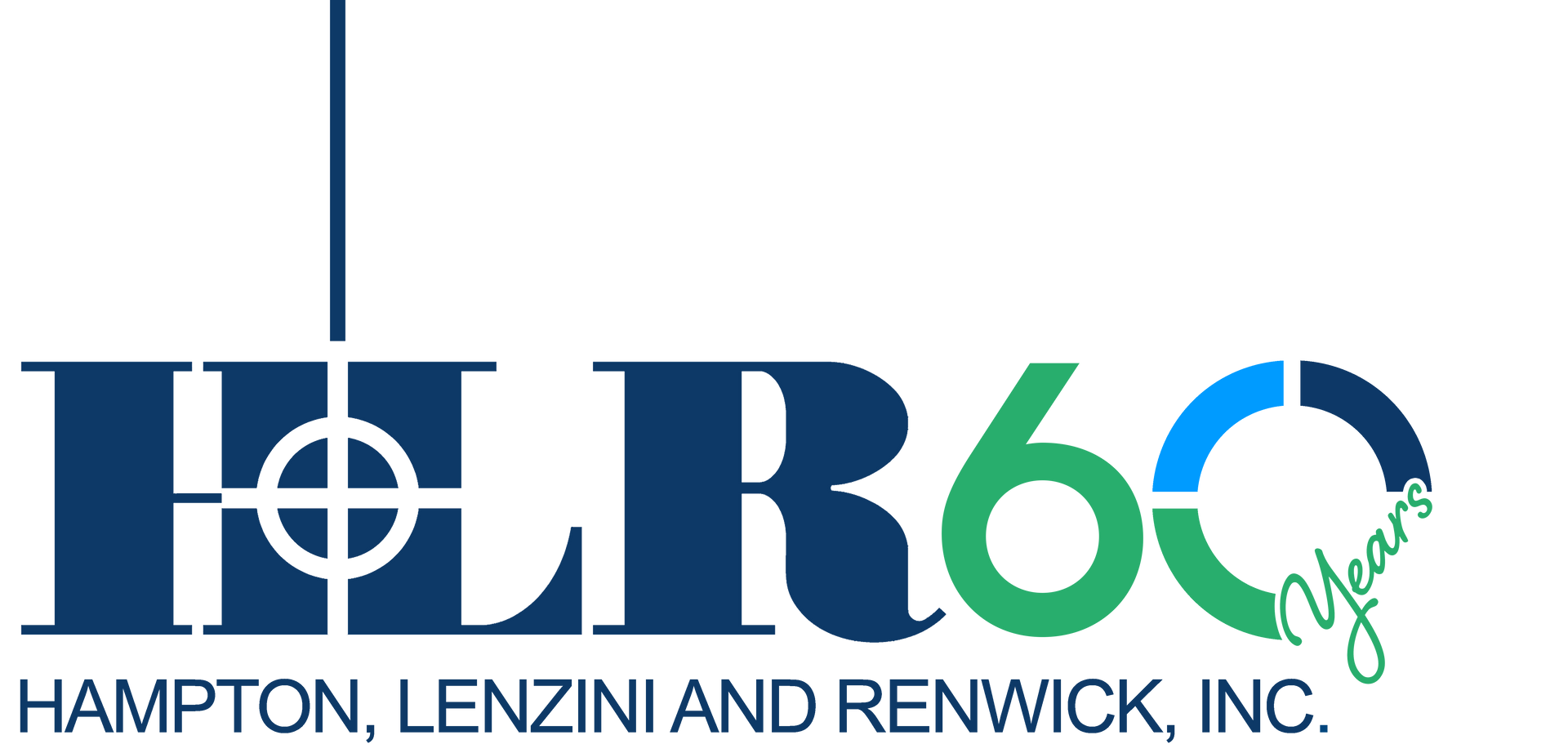When clients are contemplating a new infrastructure project, they typically have more questions than answers. HLR offers complete preliminary engineering services to take your improvement project from a concept to a practical solution.
Preliminary engineering is more than just a set of concept plans – it forms the foundation of a successful project. We understand the importance of taking all aspects of infrastructure planning into account while also keeping the community involved every step of the way.
Our team regularly works on all types of new and existing roadway projects including studies for intersection improvements, two- to four-lane widening projects, pedestrian enhancements, and new roadways on new alignments. We strive to produce preliminary engineering designs that can be easily transitioned to final engineering without the need for significant revisions.
Our team has extensive experience assisting both state and local agencies during the visioning process and early stages of a project. We utilize existing relationships to identify potential permitting, land acquisition, and infrastructure conflict issues. HLR also has a thorough understanding of funding sources, grant writing, and financial assistance programs to help our clients get their projects implemented.

